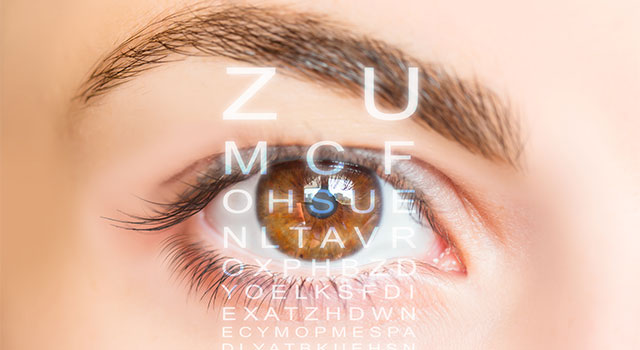Professional Glaucoma Service Near Me: Advanced Therapy Options
Professional Glaucoma Service Near Me: Advanced Therapy Options
Blog Article
The Role of Advanced Diagnostic Tools in Identifying Eye Disorders
In the realm of ophthalmology, the usage of advanced diagnostic tools has transformed the very early identification and management of different eye disorders. From detecting subtle adjustments in the optic nerve to checking the progression of retinal conditions, these technologies play a crucial role in boosting the accuracy and performance of diagnosing ocular problems. As the demand for exact and timely diagnoses proceeds to grow, the combination of cutting-edge devices like optical comprehensibility tomography and visual area screening has ended up being indispensable in the realm of eye treatment. The detailed interplay in between modern technology and sensory practices not only clarifies intricate pathologies however additionally opens doors to tailored treatment approaches.
Significance of Very Early Diagnosis
Early diagnosis plays a pivotal duty in the reliable monitoring and therapy of eye conditions. By finding eye disorders at a very early phase, health care suppliers can provide suitable treatment plans tailored to the certain condition, inevitably leading to better end results for individuals.

Modern Technology for Identifying Glaucoma
Cutting-edge diagnostic innovations play an important role in the very early discovery and surveillance of glaucoma, a leading cause of irreversible loss of sight worldwide. An additional sophisticated device is visual field testing, which maps the level of sensitivity of a person's aesthetic field, helping to detect any locations of vision loss characteristic of glaucoma. These advanced diagnostic tools enable eye doctors to detect glaucoma in its early phases, permitting for prompt treatment and better administration of the disease to stop vision loss.
Function of Optical Coherence Tomography

OCT's ability to measure retinal nerve fiber layer density permits for accurate and unbiased dimensions, aiding in the very early discovery of glaucoma even before visual field flaws come to be apparent. Generally, OCT plays an essential duty in improving the analysis accuracy and monitoring of glaucoma, eventually adding to far better end results for people at threat of vision loss.
Enhancing Medical Diagnosis With Visual Area Testing
An important element in comprehensive sensory evaluations, visual area testing plays a critical function in improving the diagnostic process for various eye disorders. By evaluating the full degree of a person's visual field, this test offers vital info concerning the functional honesty of the entire visual path, go to this website from the retina to the aesthetic cortex.
Visual area screening is especially beneficial in the medical diagnosis and management of conditions such as glaucoma, optic nerve disorders, and various neurological conditions that can impact vision. With quantitative dimensions of outer and central vision, clinicians can discover refined adjustments that may suggest the presence or progression of these problems, also before obvious signs occur.
Moreover, aesthetic area testing enables the tracking of therapy efficiency, helping ophthalmologists customize therapeutic interventions to specific people. eyecare near me. By tracking modifications in visual area performance over time, health care companies can make educated choices regarding readjusting medications, recommending medical treatments, or implementing various other proper procedures to you could check here maintain or enhance an individual's aesthetic function
Handling Macular Deterioration

Conclusion
Finally, progressed diagnostic tools play a critical role in identifying eye problems at an early stage. Technologies such as Optical Coherence Tomography and aesthetic area testing have greatly enhanced the precision and effectiveness of detecting problems like glaucoma and macular deterioration. Early detection permits timely treatment and administration of these conditions, eventually leading to much better end results for people. It is critical for healthcare professionals to stay updated on these advancements to give the ideal possible treatment for their clients. eyecare near me.
Report this page